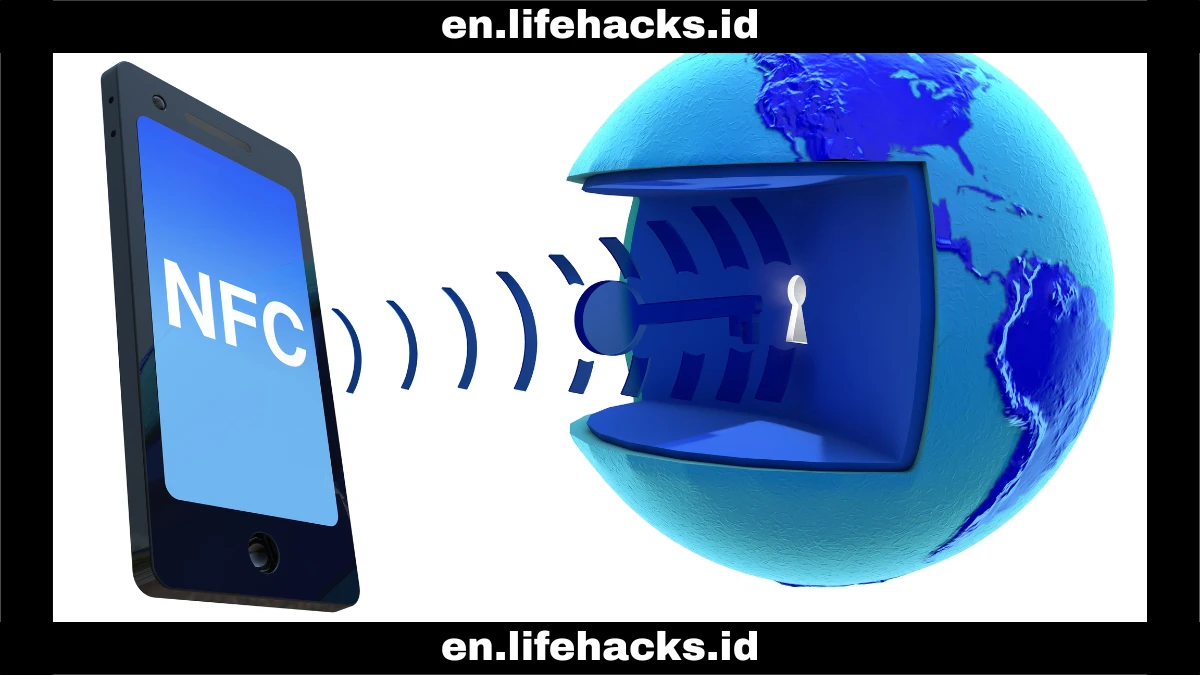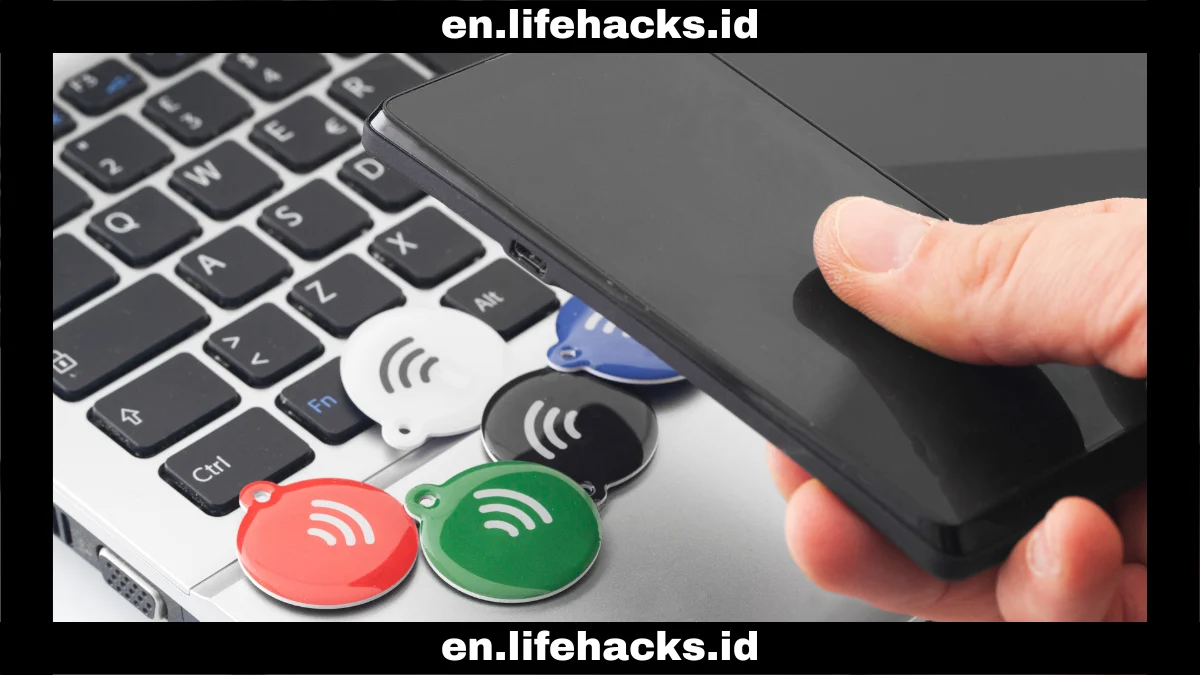NFC and QR codes are technologies that we often encounter to make daily life activities easier. For example, making payments, exchanging data, and accessing sites.
The question is, which is more useful for everyday life? NFC vs QR code have their own advantages and disadvantages for you to consider when using them.
This article will provide information about NFC vs QR code, starting from the definition, advantages, disadvantages, and which one is more useful for everyday use. Let’s find out the answer.
What is NFC?
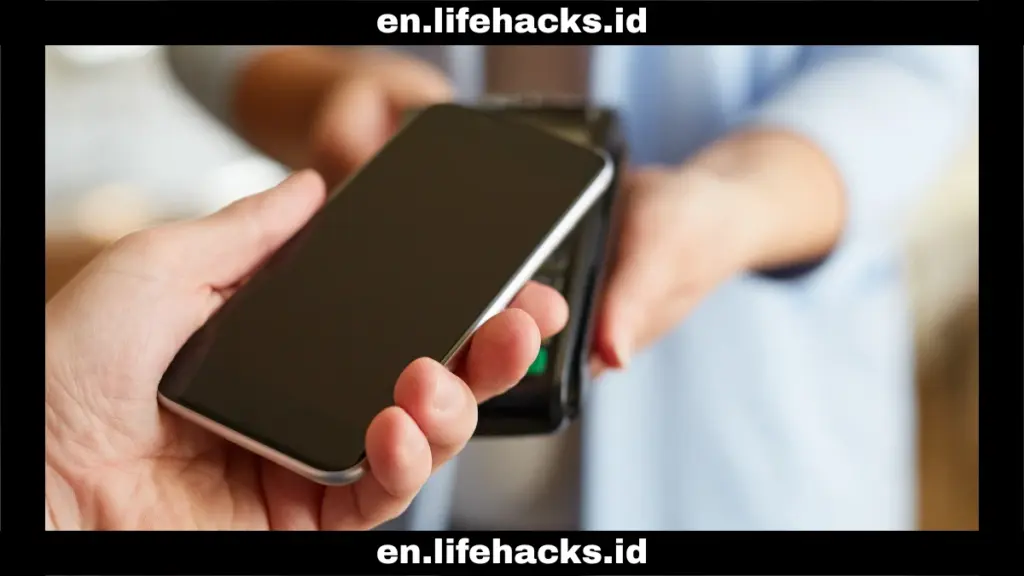
Near Field Communication (NFC) is a short-range wireless technology that allows two devices to exchange data. The way to do this is by bringing it closer to a distance of 4 cm or less; the data will be automatically processed. This technology does not require an internet connection, so it is very practical for various applications, such as digital payments, data transfers, or connecting devices.
Not only that, hidden features of NFC is also can make your daily activities easier. For example, additional phone security, driving mode, sport settings, and sharing WiFi passwords. In fact, NFC is also widely used in maximizing smart home automation.
What is a QR Code?
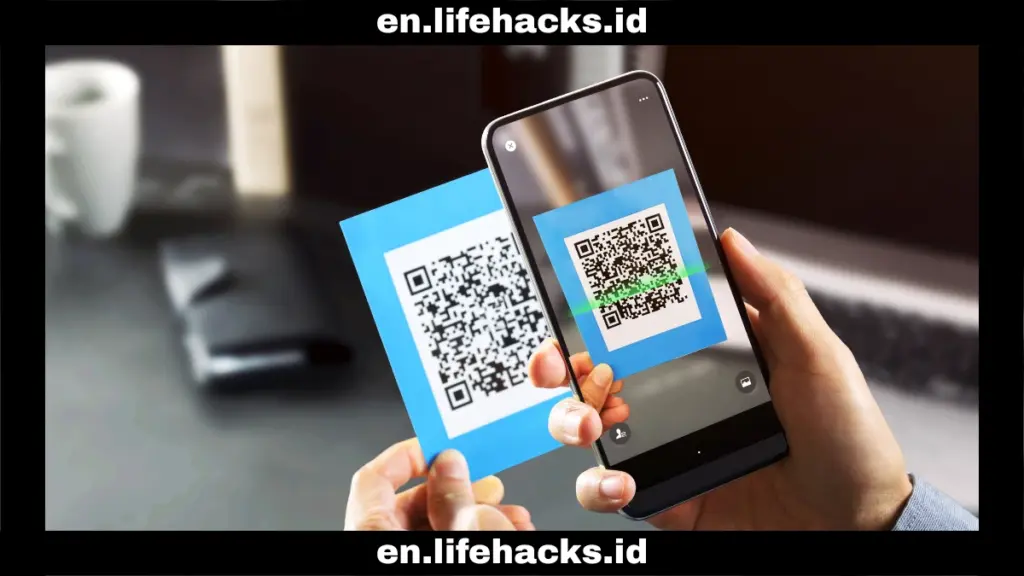
Quick Response code (QR code) is a two-dimensional matrix code that stores various types of data, such as URL, text, contact, or payment information. The goal, of course, is so that it can be read quickly by users using a smartphone camera to scan.
This code can not only store one data, but it can even store complex types of data. Examples of use are to open access to websites, marketing campaigns, and access digital menus.
The Advantages of NFC vs QR Code
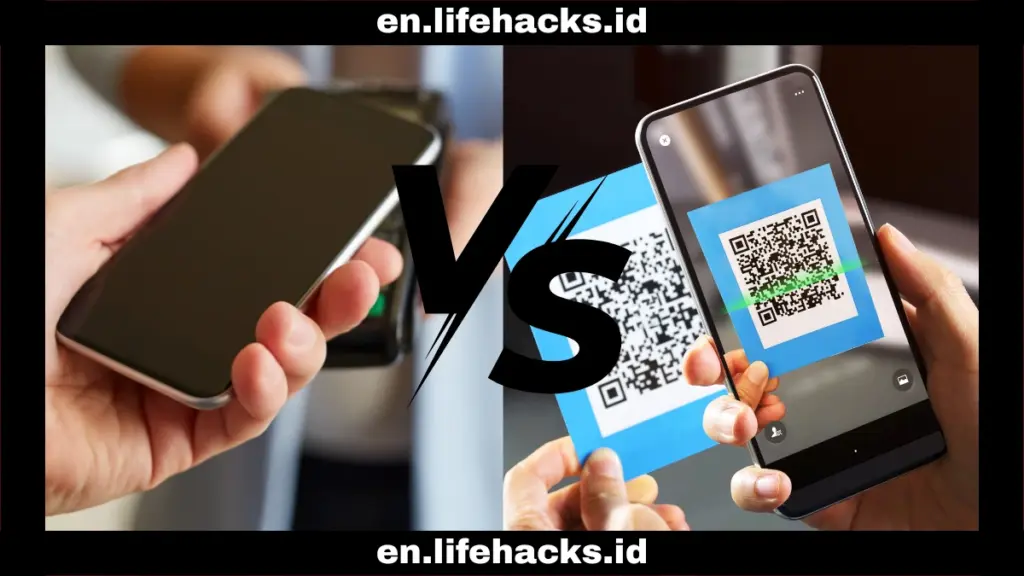
NFC has advantages in terms of smoothness, speed, security, and functionality. You can use NFC just by holding it close and then walking away. This is often faster than performing a scan.
Using this technology is also generally safer, especially for carrying out transactions, because the communication is encrypted. This technology also does not require an internet connection; you can exchange contacts or other data directly when bringing two NFC devices close together.
Meanwhile, QR codes have advantages in terms of ease of access, cost savings, versatility, and scanning distance. Almost all QR codes can be scanned via the camera on a smartphone without requiring a special application. It also doesn’t cost money to make a QR code; you just have to print it for wider use.
In addition, this code can be used for various purposes, such as accessing menus, marketing links, event registration, and making payments. The QR scanning distance doesn’t have to be close; you can scan it from a distance as long as the camera can still capture it.
The Disadvantages of NFC vs QR Code
What needs to be noted about the two advantages of NFC vs QR code technology are their disadvantages. NFC has drawbacks in terms of distance, compatibility, and cost. This technology requires a fairly close distance of around 4 cm for each other to interact.
Apart from that, NFC compatibility is also limited, because not all smartphones have this feature. Making an NFC tag costs more than printing a QR code.
Meanwhile, QR codes have shortcomings in terms of security and limited dynamic capabilities. From a security perspective, this code is vulnerable to interception because users don’t always know what they are linking to before scanning.
Dynamic QR has less risk regarding security. However, this QR is still limited; some are still static, and the link cannot be changed after the code is printed.
Which one is more useful in everyday life?
The use of NFC vs QR code actually depends on your personal needs. If you need wireless data exchange technology that is safe, fast, and does not require internet, NFC is a good choice. However, if you need technology that is easily accessible to all devices, cost-effective, and versatile, you can choose a QR code.
However, if asked which is more useful for everyday life, it seems the answer is in the QR code. This technology has wide accessibility, lower cost, and versatile applications. NFC is better for specific and practical scenarios such as contactless payments and quick pairing.
